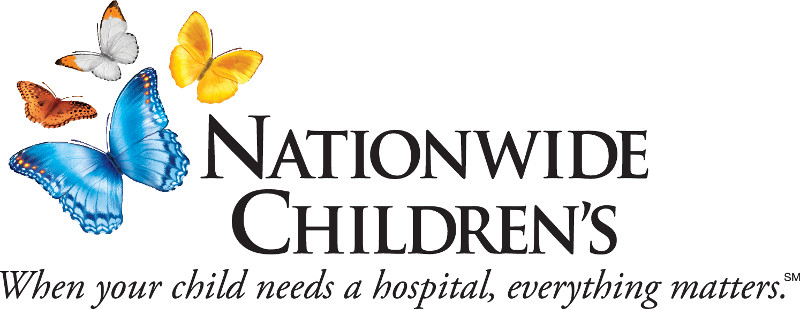Newswise — On average, a child is diagnosed with Cerebral Palsy every hour of every day in the United States. It’s a disease that can affect everything from a child’s vision to their ability to walk. Therapy for these kids is tough and frustrating as this is a chronic health condition. A new approach to their standard course of therapy may help them make sizable strides in fighting the disease one step at a time.
“Cerebral Palsy causes differences in muscle tone, making muscles either too tight or too loose,” explains Amy Newmeyer, MD, who directs the Cerebral Palsy Program at Nationwide Children’s Hospital. “This makes it very difficult for kids to do basic activities, like crawling and walking.”
Dr. Newmeyer and Clinical Therapies Research Coordinator, Linda Lowes, alongside their colleagues at Nationwide Children’s Hospital, are using a device to conduct physical therapy on children with Cerebral Palsy. This treadmill system uses a harness and a series of straps to help support the weight of patients, allowing their legs and feet to move more freely and reduce the patients’ fear of falling. The idea is to build up muscle memory and endurance, as the device carries much of the weight and slowly transfers it back to the patients themselves.
Although this device is an integral part of the child’s ongoing physical therapy program, the non-traditional component of therapy of increased frequency during a condensed duration of time proved to be very effective.
“Traditional therapy models are often once a week, and with the treadmill training program, the children will come several times a week for training and strengthening exercises,” said Dr. Newmeyer, also a faculty member at The Ohio State University College of Medicine. “For children with Cerebral Palsy that may not be able to fully bear their weight and walk by themselves, this therapy allows them to practice walking and build up the strength necessary for it.”
In limited tests at Nationwide Children’s, doctors saw a marked improvement in most patients. Using the device three times a week, during an 8-week trial, not only were some kids able to walk more independently, but most were stronger and had increased endurance. More than 90 percent of the participants demonstrated improved walking speed, while one child transitioned completely out of braces and another transitioned to less supportive bracing.
This type of non-traditional therapy is effective for kids with Cerebral Palsy who are beginning to walk and are able to follow simple directions. It can also be used to treat patients with spinal cord injuries, traumatic brain injuries and strokes.

